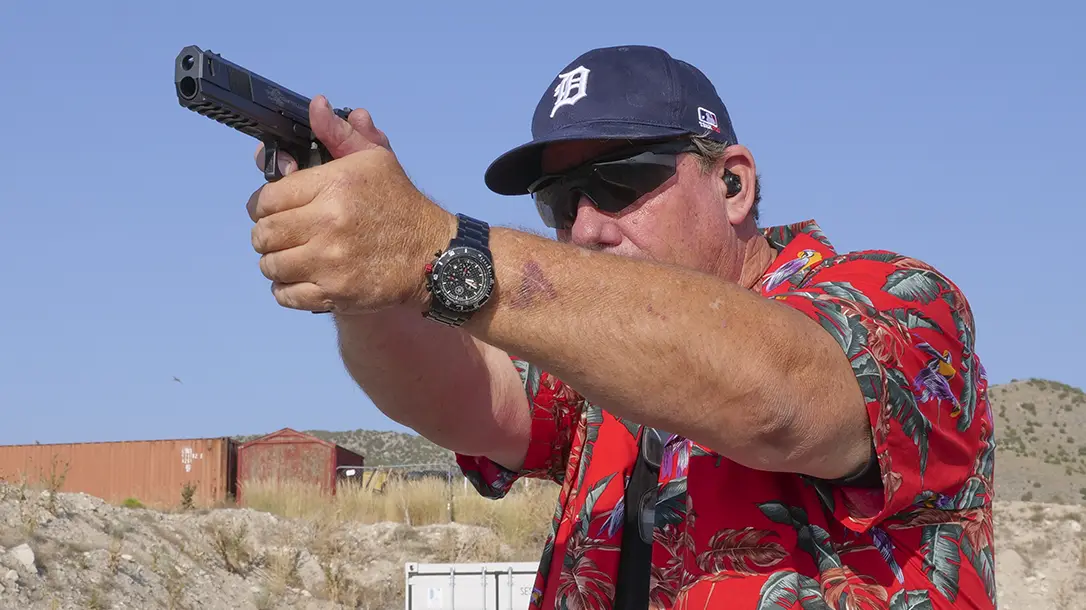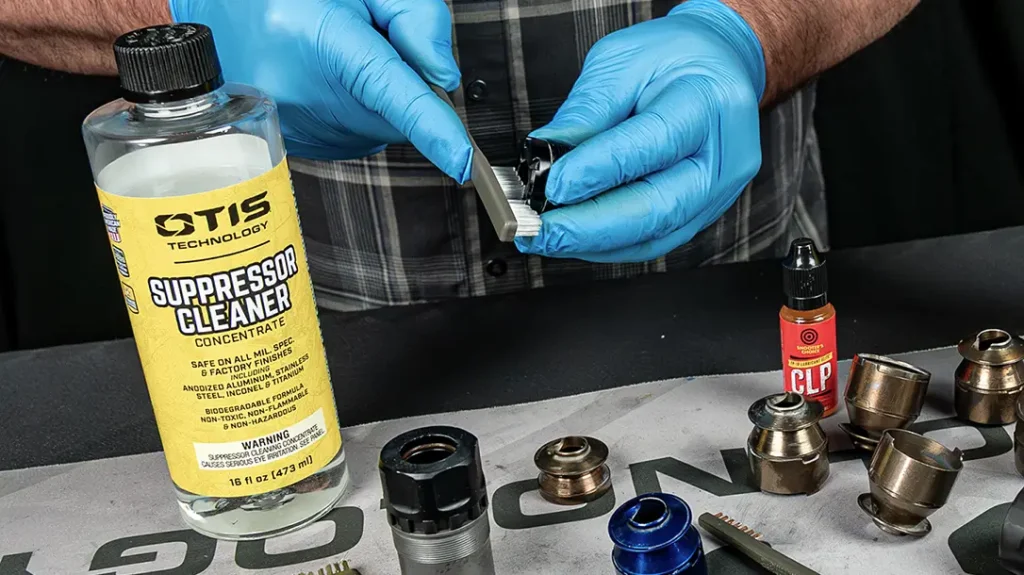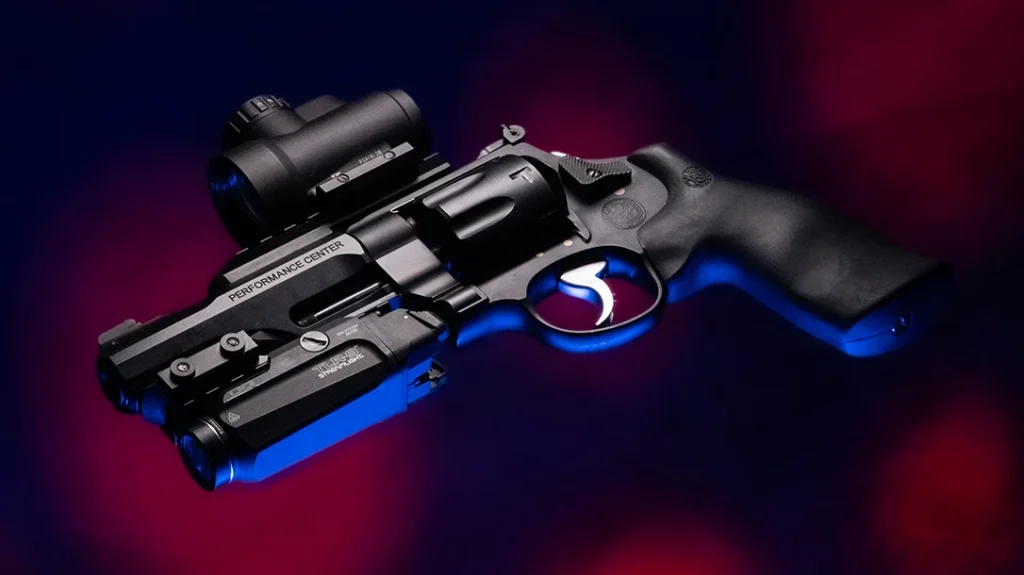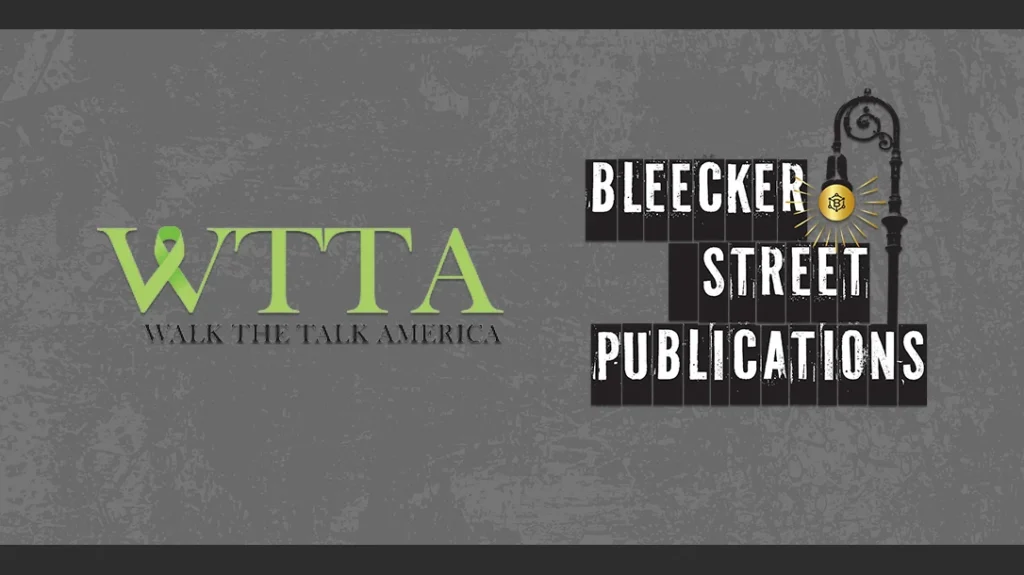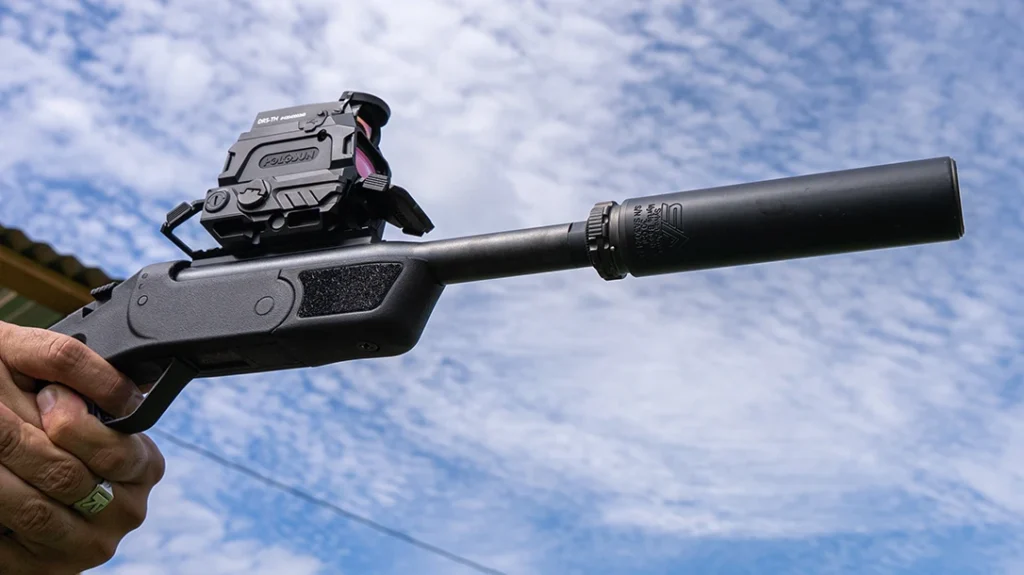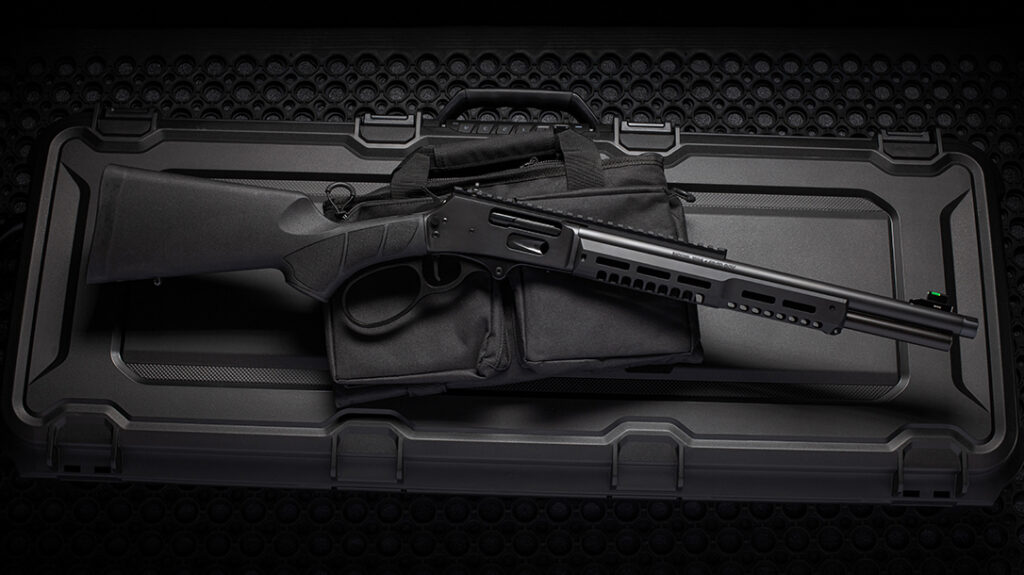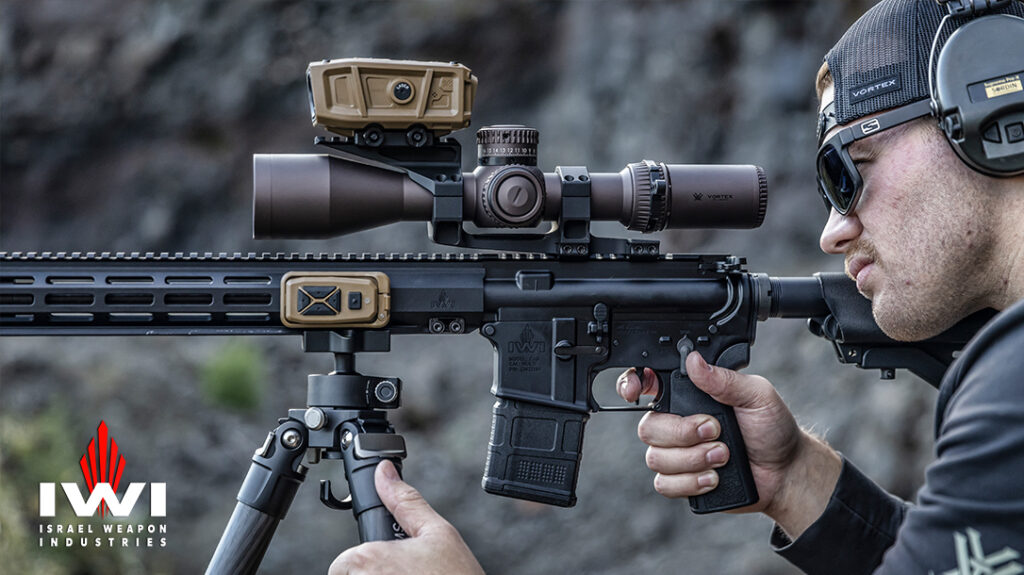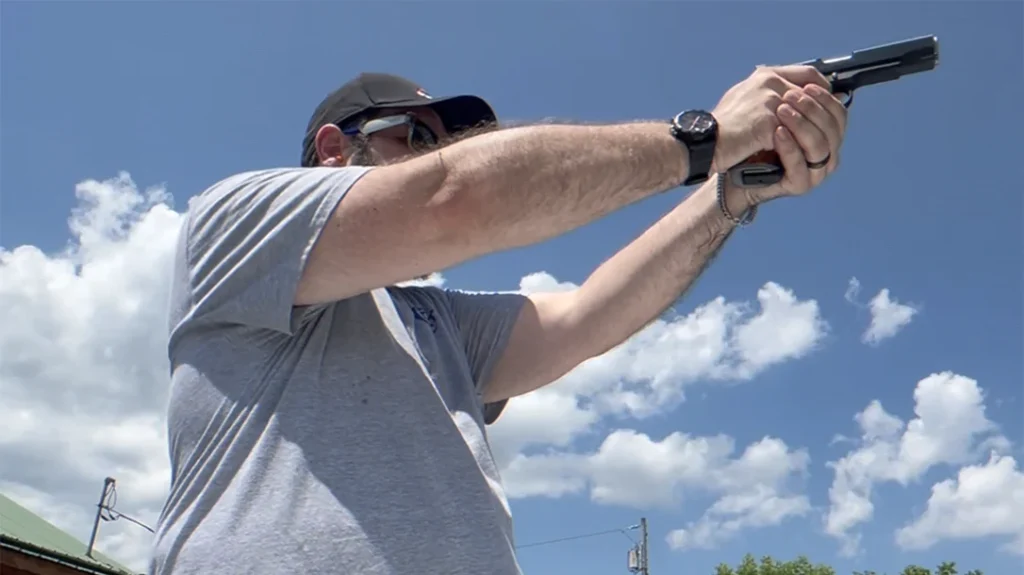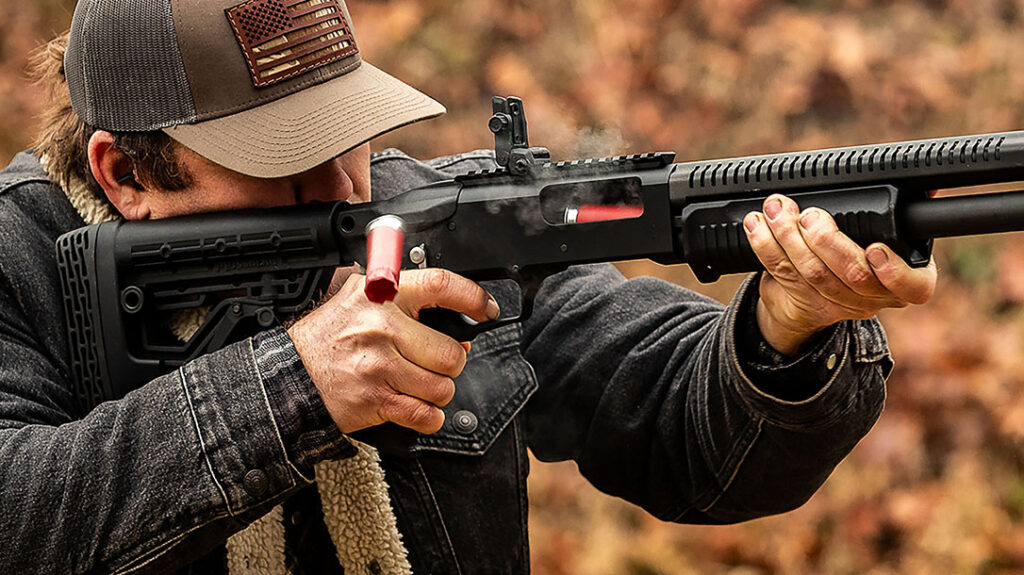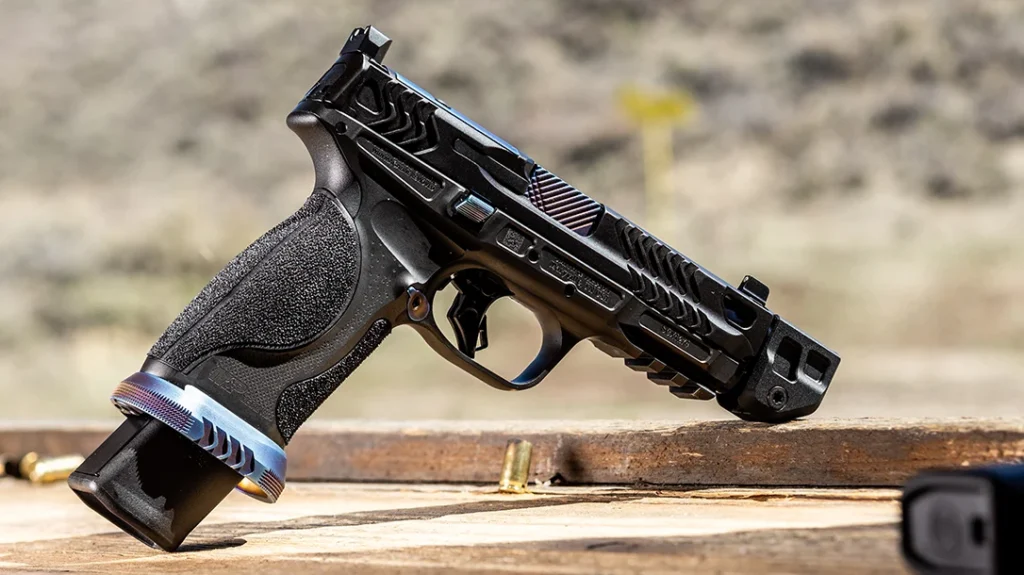I have been using handguns with ports for decades. My first was a ported .357 Magnum revolver in the 80’s that worked great when stoked with full boat magnum loads. One of my early comp pistols was a .38 Super with a muzzle brake. It worked great, but it was only fed super-hot loads.
A Muzzle Brake for a 9mm pistol?
The downsides: they were LOUD, and early models sent unburned powder into the shooter’s face. Even Glock provided ported models for the .40 cal that were known for setting clothing on fire. For the most part, 9mm was not even a consideration and suffered mostly ridicule. Largely because early designs did not do much, even with +P loads.
That all changed around 2015 with the “Gunfighters Special.” A Glock 19 with an RMR, light, and a muzzle brake. Originally designed for a very specific purpose, it was initially ridiculed. However, it slowly caught on as people actually used them. Police officers tended to adopt it more broadly if policy allowed.
Advertisement — Continue Reading Below

Coinciding with the widespread move to 9mm in most every sector and the idea that “rapid shots on target” are critical, it was the perfect storm. Improvements in design and manufacturing have increased popularity even more. But do they really work? And more importantly, do you need one?
Do they work?
Having tested compensated pistols for years, the short answer is mostly yes, they work. Some are better than others. But design in general has truly focused on muzzle rise reduction and recoil, where possible.
Advertisement — Continue Reading Below
Wilson Combat’s current design boasts a 42% reduction in recoil, which is hard not to notice. Testing the STI Carry Comp in 2018, it was one of the flattest-shooting 9mm pistols ever used. Even smaller pistols like the Springfield Armory Hellcat and SIG Sauer P365 had comparatively lower recoil and noticeably less muzzle rise.

In general, most do more than just make noise, making them an option and a serious consideration for some.
Advertisement — Continue Reading Below
The Test of Time
Most of my past testing has been a less-than-direct comparison. Seldom did I have compensated and uncompensated pistols that were nearly identical. Thanks to Wilson Combat, this time I did.
My EDC X9 has been around for years and is equipped with a 4-inch barrel, flat trigger, and currently uses a Trijicon RCR RDS. Wilson Combat provided an exact match with the same barrel length using their latest compensator. Equipped with an Aimpoint Acro P2, it is as close to identical as it gets.

Advertisement — Continue Reading Below
Using the same lower made it possible to move back and forth between the two in less than a minute. Slides were interchanged for comparison after firing over 2,000 rounds during training, teaching, media events, and personal carry. Several different rounds were used, ranging from very low velocity practice loads to serious +P ammunition.
I fired dozens of six-round “bill drills” from 5-25 yards, long range to 100 yards, and numerous rapid-fire tests during training and practice. As expected, the more powerful the ammunition, the greater the reduction.
However, it was most advantageous to use Wilson’s practice load, a 135-grain HBFN making a whopping 955 fps. It was super soft, reliable out of both pistols, accurate, and downright pleasant to shoot.
Advertisement — Continue Reading Below

On the other end, there was a significant difference using Doubletap’s 115 grain at 1420 fps at 50 yards. Using the comped barrel, I could easily get doubles on an 18-inch steel at 50 yards—pretty impressive. It might have been a little louder, but not that noticeable.
There was no increased debris in my face, and no clothing was singed or otherwise damaged. At the end of this testing, it was clear that it made a difference, and at times, a significant one.
Advertisement — Continue Reading Below
Do I Need a Muzzle Brake?
As much as I hate to fall back on the old “it depends” answer, it really does. If you are shooting a ton of ammunition on a weekly basis, it may be a really good idea. Shooting several hundred hot 40’s a week in my USPSA days, my wrist noticed. And I was anything but recoil sensitive.
After one session of over 500 rounds in a couple of hours with the compensated Wilson, I was sold. It was a huge difference. Shooting long range, or shooting fast, again, the difference was noticeable.
My fastest “Bill Drills’ at 15 yards were with the compensated barrel. Doubles and triples with duty ammunition were faster and more accurate. If I ever carried on duty again, it would be with a compensated 9mm. Designed to lessen muzzle rise and recoil, they are valuable in instances where that is an issue.
Advertisement — Continue Reading Below

Concealed carry, maybe not so much. Things like concealability, comfort of carry, and the like are more critical. The likelihood of a high round count or even rapid fire is minimal. The vast majority of non-LE shootings and gunfights occur at close range with very low round counts. Long-range shootings have occurred, but they remain rare.
This EDC X9 gets carried all the time, but with the shorter slide. My other EDC pistols do not have a comp. Not because they may not work, it’s just not a priority for me on my EDC.
Advertisement — Continue Reading Below
To Brake or Not to Brake? It Boils Down to Preference
Not all shooters are masters of recoil; many people these days want the least recoil possible. If that’s you, give it a thought. If you’re a tough guy, recoil is meaningless. Likewise, if you lift weights, you probably don’t need it.
That said, the older I get—and maybe wiser—the ability to beat yourself up with heavy recoil is far less impressive. Bottom line, give it a try, you may like it. If not, no worries. If so, just about everyone makes a compensated 9mm these days, making it easy to get what you want.

